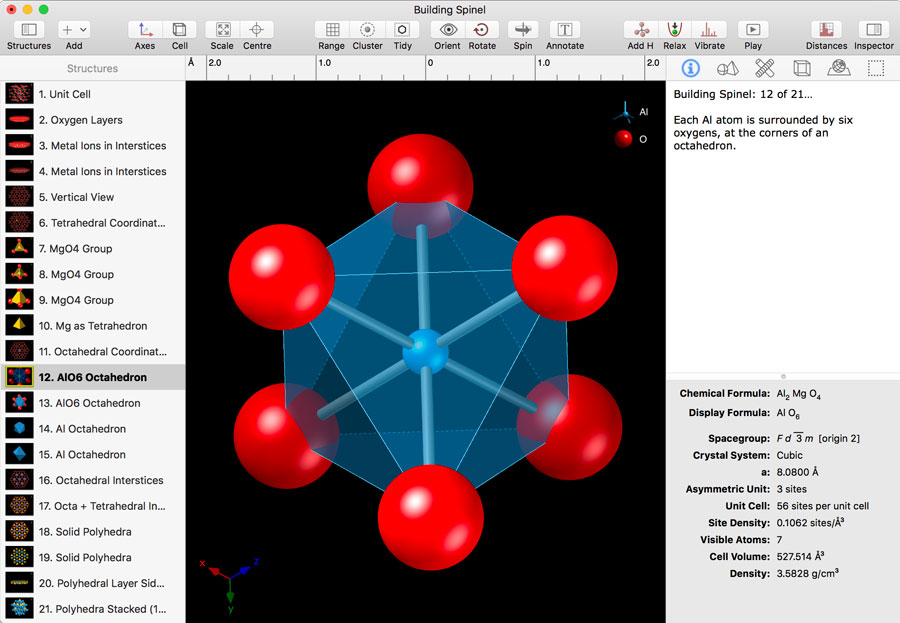
Pb which located in the bone with a half-life of 30-40 years. Pb has been postulated to be stored in the three parts of the body, including blood, soft tissue, and bone. Pb can enter the human body through the respiratory and digestive tract ( 1). Lead (Pb) is a heavy metal that is more widespread than any other metal. In conclusion, Pb nanoparticle inhibit hydroxyapatite crystal growth at least a part via down regulation of CaSR and RANK. The expression of cortical RANK was significantly lower at the two lowest dose chronic exposures compared to the control group (P < 0.05). The crystal size and c-axis were decreased in all dose chronic exposures compared to the control (untreated) group. With subchronic exposure, the crystal size was increased in second dose group and decreased in lowest and highest doses compared to the control (untreated) group. The CaSR expression significantly decreased in second and third doses subchronic exposure groups compared to the control groups (P < 0.05).

The expression of trabecular CaSR was significantly decreased at the all doses subchronic exposure compared to the control group (P < 0.05). Another three groups were exposed to nanoparticles Pb at following doses 6.25 12.5 and 25 mg/m 3 one hour daily for 6 months.

While three groups were exposed to nanoparticles Pb at the following doses 6.25 12.5 or 25 mg/m 3 an hour daily for 28 days. Thirty two rats were randomly divided into eight groups. This study aimed to investigate whether Pb nanoparticle exposure affects the bone calcium sensing receptor (CaSR), hydroxyapatite crystal, and receptor activator of nuclear factor-kappa B (RANK) in rats exposed to subchronic and chronic inhalation.


 0 kommentar(er)
0 kommentar(er)
